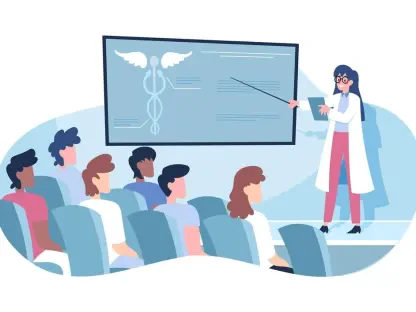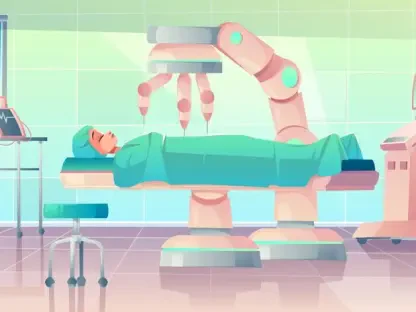In the ever-evolving landscape of healthcare, a pivotal question arises: What sets the most successful healthcare providers apart in this frenetic age of technological advancement? A startling fact highlights that well-funded health systems are forging ahead, creating disparities in quality and accessibility. Envision a future healthcare experience intricately woven with technology, where innovations redefine patient interactions and outcomes.
Bridging the Tech Divide in Healthcare
As healthcare systems evolve, a growing divide has emerged, defined by financial prowess and technological skill. This gap translates into real-world consequences, affecting access to quality care and patient outcomes. Communities worry that these trends might limit local healthcare services, potentially reshaping workforce dynamics as well. With technology advancing rapidly, understanding its impact on healthcare systems has never been more crucial.
Understanding the Healthcare Hierarchy
The competitive landscape of healthcare can be stratified into distinct tiers. Leading organizations, bolstered by robust finances like Mayo Clinic, harness cutting-edge technology to enhance patient care. These leaders set an example with their strategic investments in artificial intelligence, automation, and digital transformation. Conversely, many healthcare systems struggle to adapt, squeezed by financial constraints and operational pressures. Smaller rural providers face additional challenges, unable to attract the high-caliber talent that urban systems can.
Expert Perspectives on Technology’s Role
Kevin Holloran and Dennis Dahlen offer valuable insights into the future of healthcare technology. Their perspectives reveal that technological investment significantly impacts performance and advancement. At the Mayo Clinic, five core areas of technology investment illustrate their commitment to innovation: automating administrative processes, cautiously applying automation in clinical settings, utilizing AI in clinical data analysis, and addressing workforce challenges through AI tools. By integrating technology thoughtfully, leaders like Mayo Clinic demonstrate healthcare’s potential trajectory.
Strategies for Embracing Technological Transformation
For healthcare providers seeking to thrive in this technological epoch, thoughtful investment strategies are vital. Prioritizing technological integration and creating a comprehensive framework for artificial intelligence in clinical and administrative processes can unlock efficiency and improve patient care. Additionally, addressing workforce challenges through technology adoption offers practical solutions to resource constraints. Developing a culture of continuous learning and adaptation ensures success in this dynamic environment, setting the stage for future leaders in healthcare innovation.
As healthcare systems drilled into the details of technology-driven transformation, the persistent divide was challenging to ignore. The opportunity to leverage innovative solutions was clear, demanding decisive action. By embracing the transformative power of technology, healthcare leaders steered their organizations toward a future where excellent care was accessible to all, paving the way for significant advancements in years to come.









